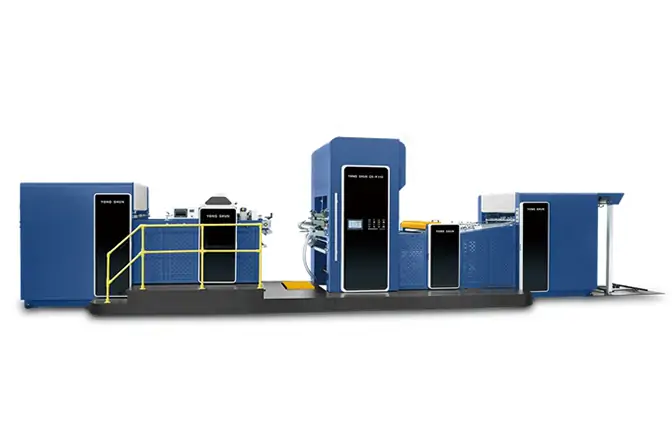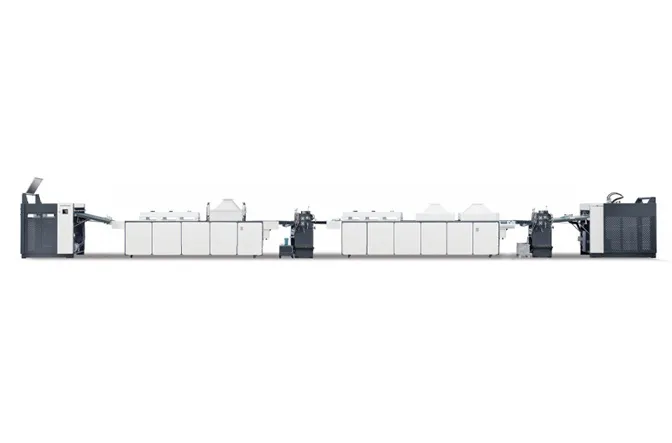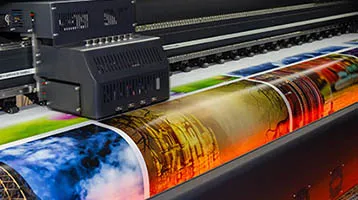For first-time buyers planning to integrate an automatic varnishing machine into their production line, uncertainty about where to begin is a common challenge. With various models and features on the market, figuring out the most critical points to evaluate can help you avoid missteps and pick a machine that fits your actual needs. This article breaks down these key aspects to clear up your doubts.
Not all Automatic Varnishing Machines perform equally well with every kind of printing material. Thicker papers—such as cardstock used for packaging boxes—often need machines with robust paper-feeding systems to stop jams. Thinner papers, like those for brochures, require more precise tension control to prevent tearing or wrinkling. Before making a purchase, list out the main materials you’ll work with first; this ensures the machine you choose can handle them steadily without harming the varnish finish.
Operational complexity directly impacts your team’s efficiency and the time needed for training. A machine with a user-friendly control panel—featuring clear buttons and straightforward settings—is easier for new operators to master, which cuts down on errors like uneven varnish application. Steer clear of machines with overly complex functions your team won’t use; extra features can lengthen learning curves and slow down production, even if they seem advanced.
Common tasks include cleaning the varnish channels to stop clogs that damage the final finish, checking heating elements to ensure consistent varnish drying, and replacing small wearable parts like rubber rollers. Look for machines with simple maintenance steps—for example, easy-to-reach components that don’t require special tools—so your team can handle upkeep without relying on outside technicians.
Safety should never be ignored in a production environment. A reliable Automatic Varnishing Machine should have key safety features: protective casings for moving components to avoid hand injuries, emergency stop buttons to halt operation quickly if problems occur, and overheating protection to prevent fire risks. These features aren’t “extras”—they protect your team and keep production from being disrupted by accidents. Always confirm the machine meets industry safety standards before buying.
For first-time buyers, choosing an Automatic Varnishing Machine doesn’t have to be overwhelming. By focusing on four key aspects: material alignment, operational difficulty, maintenance requirements, and safety standards
If you’re prepared to explore Automatic Varnishing Machines that fit these key aspects, you can Visit Our Product Page to learn more about options designed for different production needs and material types.




GET A QUOTE